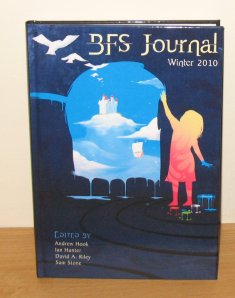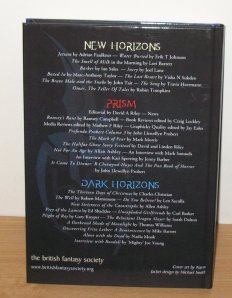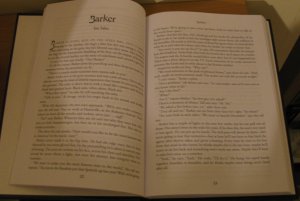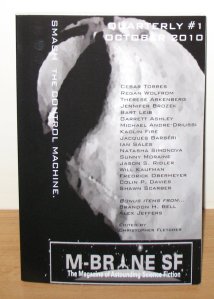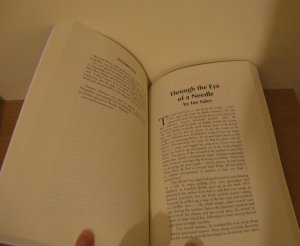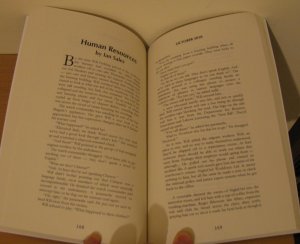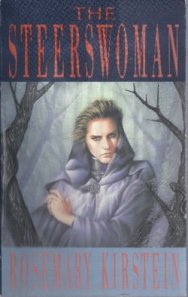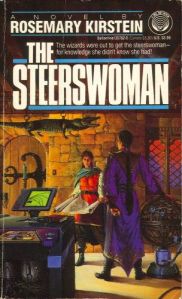Back in October 2009, I wrote a piece on my first Euripidean Space story, ‘Thicker than Water’ – you can find it here. ‘A Cold Dish’ was the second of my stories set in that universe, and it too was published in Jupiter magazine – in Jupiter 28, April 2010.
‘A Cold Dish’ is based on the play The Suppliants by Euripides. The play recounts how Theseus approaches the king of Thebes in order to ask for the bodies of the Seven Against Thebes, the seven leaders of an army which failed to invade the city-state. In Ancient Greece, burial rites were very important, and wars fought over dead bodies were not uncommon in the literature of the time. Unfortunately, this plot didn’t translate well to my Euripidean Space universe. It wasn’t really dramatic enough. Further, the need to bury dead heroes is not a cultural urge which translates to modern Western European culture.
In the universe of my Euripidean Space stories, the Earth has locked itself off behind a firewall for reasons unknown. This has left a number of off-planet settlements – on Mars, in the Asteroid Belt, among the moons of Jupiter and Saturn – struggling to survive. Patrolling the Solar System is an alien sentinel, origin unknown, which appears to exist solely to protect a number of alien artefacts. Unfortunately, these artefacts are not obvious – some of them could be somewhat unusual natural phenomena. In ‘Thicker Than Water’, for example, the artefact was a sea of buckminsterfullerenes on the moon of Tethys.
I’d already decided what the alien artefact would be in this, my second Euripidean Space story, and that dictated its setting. The Saturnian moon Mimas is sometimes known as the “Deathstar moon” because it features an enormous crater, Herschel, which covers a third of its face – as is obvious from the photo below. Herschel resembles a huge radio-dish, like Arecibo or Jodrell Bank. Identifying the artefact gave me part of the story’s plot – the “seven” would attack Mimas to prevent the Mimanteans from experimenting with the artefact. Herschel Crater also gave me the story’s title: ‘A Cold Dish’.
But it still wasn’t enough. Happily, the title of the story – it was originally only a working title – provided the answer: revenge. Theseus’s mission to Mimas would be partly to retrieve the bodies of the dead heroes, but would also be driven by revenge. My Theseus analogue I named Spiro Maris – the Spiro, I suppose, from his adventures in the Labyrinth on Crete. I don’t recall why I gave him the family name Maris. The other characters in ‘A Cold Dish’ also bear names derived from their Greek counterparts. The Seven of Euripides play were Amphiaraus, Capaneus, Hippomedon, Parthenopeus, Polynices, Eteocles and Tydeus. Not all are named in ‘A Cold Dish’, but of those that are… Capaneus was known for his immense strength, so I called him Armstrong. Amphiarus means “twice-cursed”, which became Bimalison. Hippomedon… well, “hippo” is horse, so I named him Steed. The two Foote brothers are so named because their father was Oedipus, or “swollen-footed”.
As an example of “just enough information”: in ‘Thicker Than Water’, I’d named the settlement Torus for its carousel living-quarters. This phonetically aped Tauris, the name of the city where the Euripides’ play I’d based the story on had taken place. I felt I needed something similar for ‘A Cold Dish’. The Suppliants takes place in Thebes, but I couldn’t find any reference to the name’s meaning. So I decided to use the name as is for the Mimantean settlement. But I called it The BES, without actually bothering to work out what the acronym meant. The Built Environment System? It didn’t really matter.
As for “too much information”. I realised I didn’t know how large Saturn would appear in the Mimantean sky. The moon orbits at a mean distance of 185,520 kilometres, so I suppose I could work it out. Or I could finesse it, of course, and simply not mention it. But it felt like a useful detail. Instead, I went hunting on the internet, and on the JPL-NASA website found this:
The webpage here contains a number of artist’s impressions of the surfaces of the moons of Saturn and Jupiter.
I had a plot, a cast and a location. Now I needed an opening. I had this image in my head of figures in spacesuits encrusted with ice, so that’s what I used. Maris is inspecting the frozen bodies of the Seven, and then returns to the BES to negotiate with the Mimanteans. The rest of the story more or less wrote itself. I needed a Greek chorus. In ‘Thicker Than Water’, I’d used Saturn’s radio noise, but I wanted something different. So I decided to have all voice communication in the BES broadcast throughout the settlement. That allowed me to insert the grieving mothers, who provide the chorus in Euripides’ play, into the story and, as a bonus, gave me some pointers to the character of the Mimanteans. I also managed to include a reference to Theseus’s boat (also known as Granny’s broom).
The more I read up on the Ancient Greek characters on whom I was basing my cast, the more information I could insert into the story regarding their backgrounds. For each of the Greek city-states, I picked a moon: Athens became Rhea, Troy is Iapetus, Sparta is Hyperion, for example. Likewise with the personalities from the myths: Oedipus I renamed Rex Foote, Agamemnon is Stanovsky, Helen of Troy is, er, Helen Bright, Paris is Alexander Lek… Some of these may well make appearances in other Euripidean Space stories.
Some might say I’ve put far too much into ‘A Cold Dish’. All the references to Euripides’ play and Greek myths, which most readers won’t actually spot, some might consider those irrelevant in “a fun pure SF piece” (as Rich Horton described it on sfsite.com). But I believe stories should be more than just “fun”. I’d like to think there’s plenty to unpack in my stories, not just what appears on the surface. I feel that enriches the reading experience.



